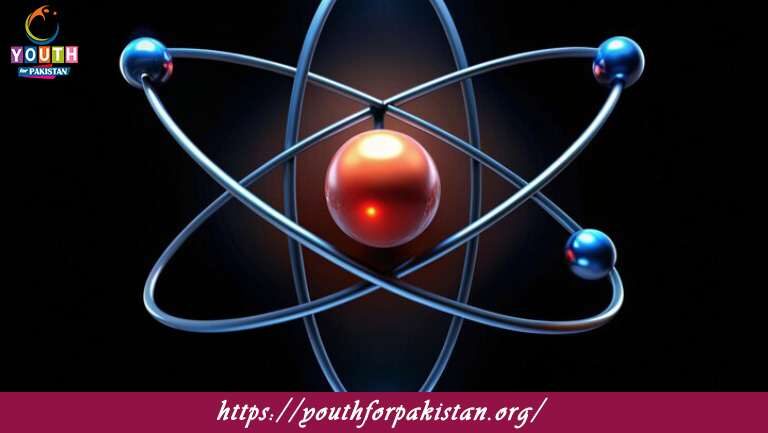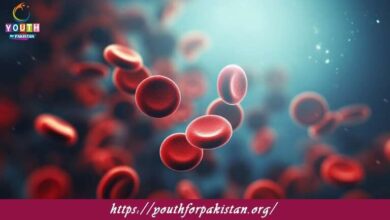9th Class Chemistry Chapter 2 Quiz with Answers

“9th Class Chemistry Chapter 2 Quiz: Structure of Atoms” uncovers the mysteries of atomic structure, enabling one to understand more about the building blocks of matter. This chapter is very important for MDCAT students because it explains the details of atomic models, subatomic particles, and their arrangement in the atom—basics necessary for the mastery of chemistry. Our MDCAT Quiz for this chapter is designed to meticulously make students ace these critical topics.
Historically, the development of atomic theories is described, from Dalton’s atomic theory to the present day’s atomic model. The discovery of electrons, protons, and neutrons is discussed, including their importance in the definition of atomic structure. Isotopes, atomic number, mass number, electron shells, and electron subshells are explained by using the Bohr model, while quantum mechanics explains the way electrons are filled in the given orbitals according to energies. The Chapter also explains the relation of Atomic structure and Periodic Properties of elements.
MDCAT Quiz: Improve Your Knowledge of Atoms
Our MDCAT Quiz for Chapter 2 is designed to cover important topics such as atomic models, electron configurations, and isotopes. These quizzes are designed according to the MDCAT standards, helping students practice complex questions and identify areas needing improvement. Regular practice boosts your confidence and ensures readiness for tackling atom-related questions in the MDCAT exam.
- Test Name: 9th Class Chemistry Chapter 2 Quiz
- Type: Quiz Test
- Total Questions: 30
- Total Marks: 30
- Time: 30 minutes
Note: Answer of the questions will change randomly each time you start the test, once you are finished, click the View Results button.
Free Flashcards for Structure of Atoms
Revise effectively with our free flashcards for Chapter 2. The flashcards will cover important terms such as the orbital configuration, isotopes and isobars, atomic spectra, and electron shells, hence easily reviewing and remembering key information from the chapter. Flashcards are great for quick learning and last-minute revision.
Experience the real exam environment with our expertly designed collection of over 25,000 MCQs MDCAT Mock Tests.






